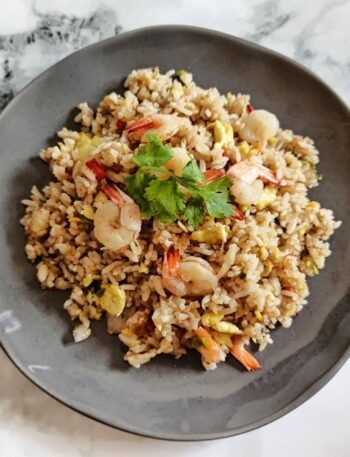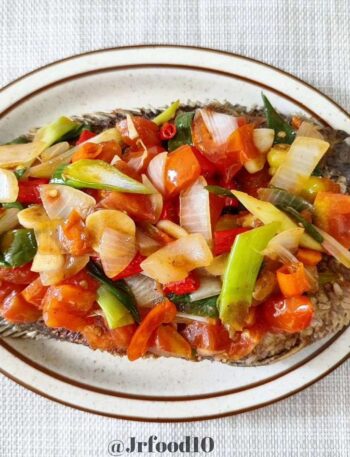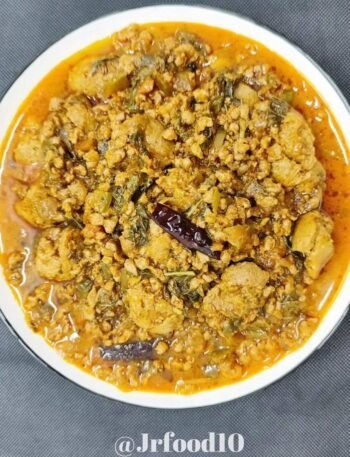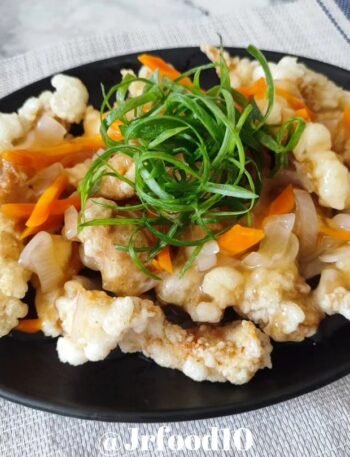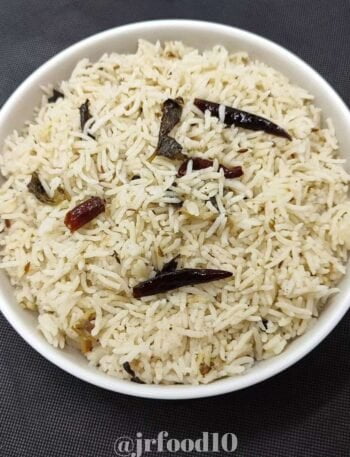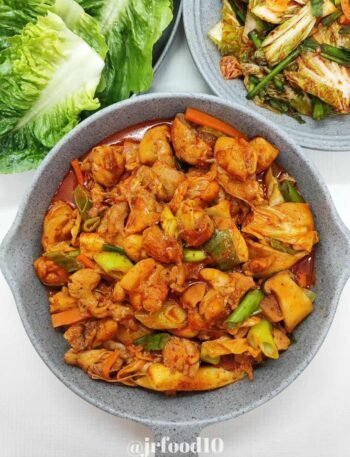Bibimbap Recipe (korean mixed rice bowl)
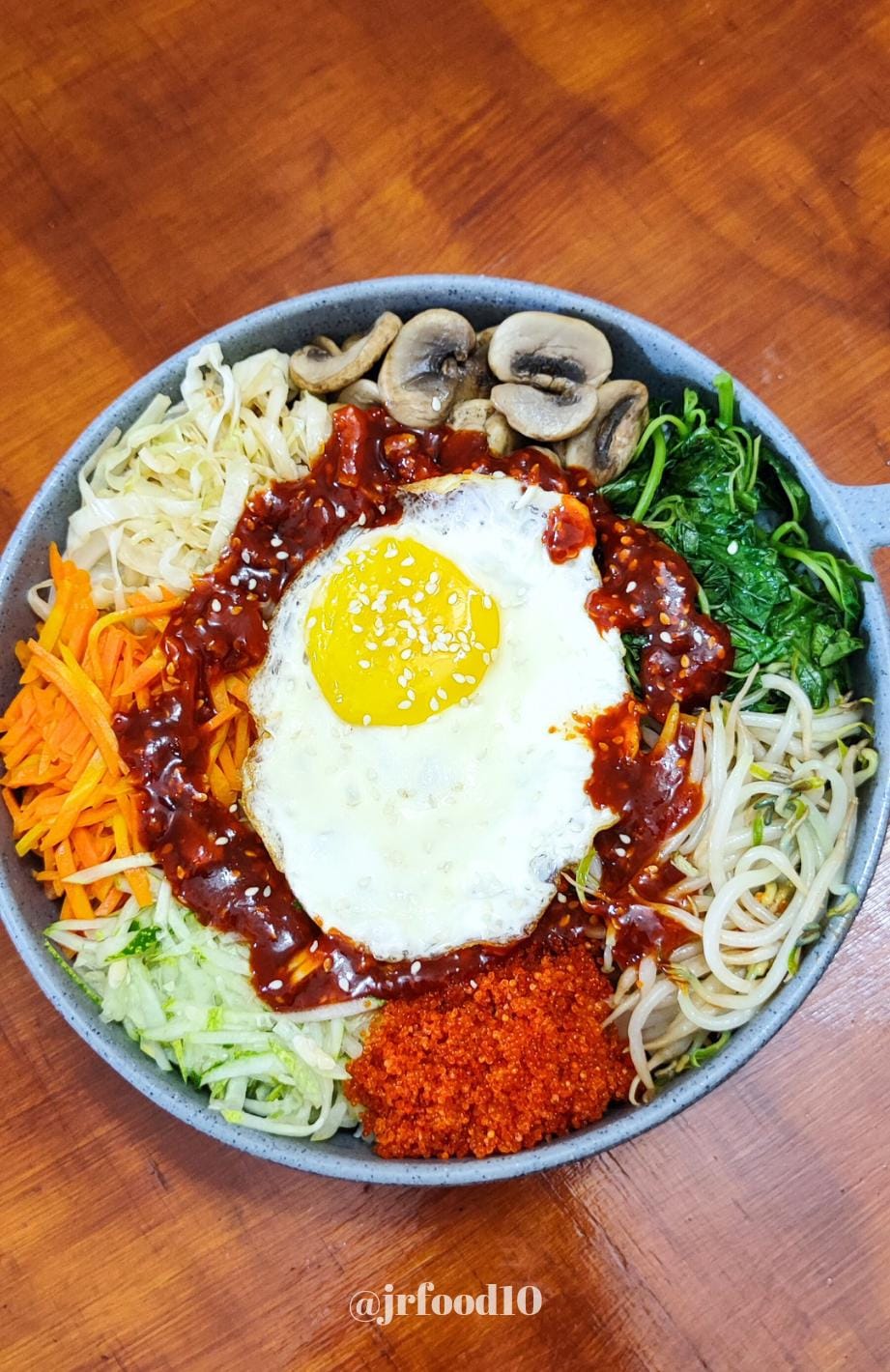 View Gallery
2 photos
View Gallery
2 photos
Ready to spice up your kitchen with a dash of Korean flair? Today, we’re diving into the delightful world of Bibimbap Recipe, the ultimate comfort food straight from the heart of Korea. But hold onto your chopsticks, because we’re not just talking any old recipe – we’ve got the lowdown on how to whip up a mouthwatering Bibimbap right in your own kitchen!
So, what’s the deal with Bibimbap? Think of it as a flavor-packed rice bowl that’s as colorful as it is delicious. With a mix of fresh veggies, a perfectly fried egg, and a kickin’ sauce, Bibimbap is the kind of dish that’ll have your taste buds doing a happy dance.
Now, before you start sweating over the stove, let me reassure you – making Bibimbap is easier than you think. Whether you’re a seasoned pro or a kitchen newbie, our recipe has got your back. It’s all about keeping things simple, fun, and most importantly, delicious.
So, grab your apron and get ready to channel your inner Korean chef. With our easy-to-follow steps and a few handy tips along the way, you’ll be serving up Bibimbap like a boss in no time. Get ready to impress your friends, your family, and most importantly, your taste buds. Let’s get cookin’!
Explore a treasure trove of recipes suited to your palate.
Bibimbap Recipe (korean mixed rice bowl)
Bibimbap tantalizes the taste buds with a harmonious blend of savory, spicy, and umami flavors, complemented by the freshness of crisp vegetables and the richness of a perfectly cooked egg.

Ingredients
Sauce
Instructions
In a skillet, sauté the cabbage, carrot, bean sprouts, mushroom, and spinach with sesame oil and a pinch of salt until they are tender yet still vibrant and crisp. Set aside.
In the same skillet, fry an egg in sesame oil until the edges are crispy and the yolk is runny. Set aside.
In a small bowl, combine the gochujang, sugar syrup, vinegar, soy sauce, minced garlic, sesame oil, and sesame seeds. Adjust the proportions according to your preference for sweetness, spiciness, and tanginess.
Start by placing a generous portion of cooked rice in a bowl or plate. Arrange the vegetables, tobiko, and fried egg on top of the rice in a visually appealing manner.
Finally, drizzle the Gochujang sauce over the entire ensemble, ensuring that each component is generously coated with its flavorful embrace.
Sprinkle sesame seeds over the Veg Bibimbap for an extra burst of nuttiness and visual appeal. Serve immediately and savor the vibrant flavors and textures of this Korean culinary masterpiece.
Servings 1
- Amount Per Serving
- Calories 1405kcal
- % Daily Value *
- Total Fat 80.1g124%
- Saturated Fat 12.2g61%
- Cholesterol 164mg55%
- Sodium 4690mg196%
- Potassium 626mg18%
- Total Carbohydrate 155.1g52%
- Dietary Fiber 6.1g25%
- Sugars 21.5g
- Protein 23.19g47%
- Calcium 284 mg
- Iron 34 mg
- Vitamin D 78 IU
* The % Daily Value (DV) tells you how much a nutrient in a food serving contributes to a daily diet. 2,000 calorie a day is used for general nutrition advice.
Note
- When sautéing the vegetables, use a hot skillet and sesame oil to impart a rich, nutty flavor. Be mindful not to overcook the vegetables; they should be tender yet still retain their vibrant colors and crisp texture.
Frequently Asked Questions
"Bibimbap" is a Korean dish that translates to "mixed rice." It typically consists of rice topped with various vegetables, protein, and a spicy sauce, which are then mixed together before eating.
Yes, Bibimbap can easily be made vegetarian by omitting the meat or substituting it with tofu or more vegetables. The beauty of Bibimbap lies in its versatility, allowing you to customize it according to your dietary preferences.
Absolutely! You can get creative and use any vegetables you have on hand. Bell peppers, zucchini, or even kimchi can be great additions to your Bibimbap bowl.
While rice is a staple ingredient in Bibimbap, you can experiment with alternative grains like quinoa, bulgur, or even cauliflower rice for a low-carb option. Just keep in mind that the texture and flavor may vary slightly from traditional Bibimbap, but the essence of the dish will still shine through.





